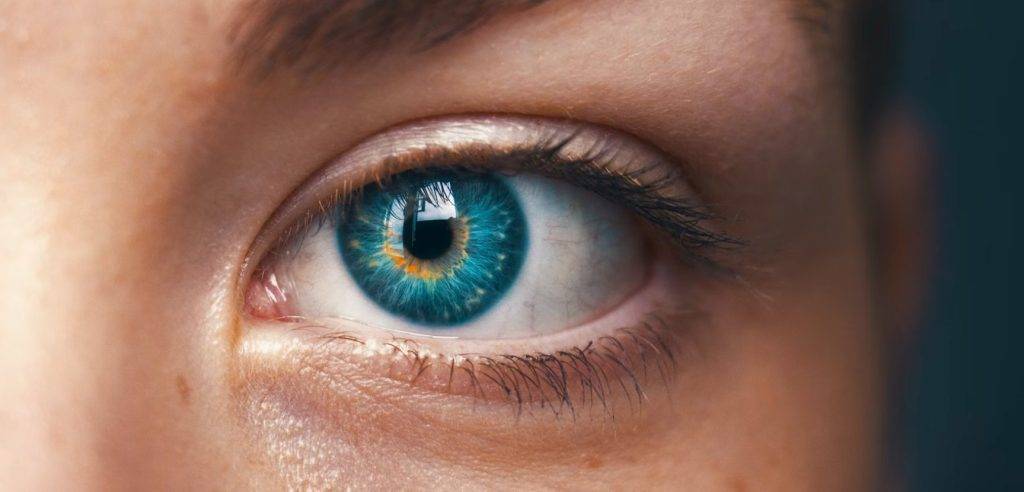Interesting Facts About Cataract Surgery
A cataract is the clouding of the natural lens of the eye. Over time, this leads to decreased vision. Though most cataracts result from age, some infants are born with cataracts, and they sometimes occur due to trauma to the eye or, rarely, as the result of taking certain medications.
Cataracts are not vision-threatening as the treatment is an outpatient procedure that is the most commonly performed surgery in the US.
During cataract surgery, which is microscopic in size, the eye’s natural lens is replaced with an artificial lens which typically offers excellent vision. Patients can choose from a lens that corrects astigmatism, distance vision, near vision, or all refractive errors. Medicare, and most commercial health insurance, only pay for a lens correcting one vision issue. However, about half of all patients choose to upgrade to a lens providing improved vision for all refractive errors.
Patients arrive at the ambulatory surgery center about 90 minutes before their scheduled time to prepare for surgery. The patient remains in a recliner, wearing street clothes. A mild anesthetic is usually given. The actual surgery time is often less than ten minutes. Patients recuperate for another 15 to 45 minutes and are generally on their way home within two to three hours of arrival. Often, the only restrictions are no heavy lifting and no swimming, but otherwise, most patients return to normal activities the day after surgery.
Contrary to popular misconception, there is no such thing as laser cataract surgery, as the cloudy lens (the cataract) is typically removed by an extraction technique called phacoemulsification. No laser removes a cataract. What is often called laser cataract surgery is when a laser is used to start the incision to the eye before phacoemulsification. However, the laser can be beneficial as it is sometimes used to correct astigmatism during cataract surgery.
To learn more about cataract surgery, we recommend visiting the American Academy of Ophthalmology.







